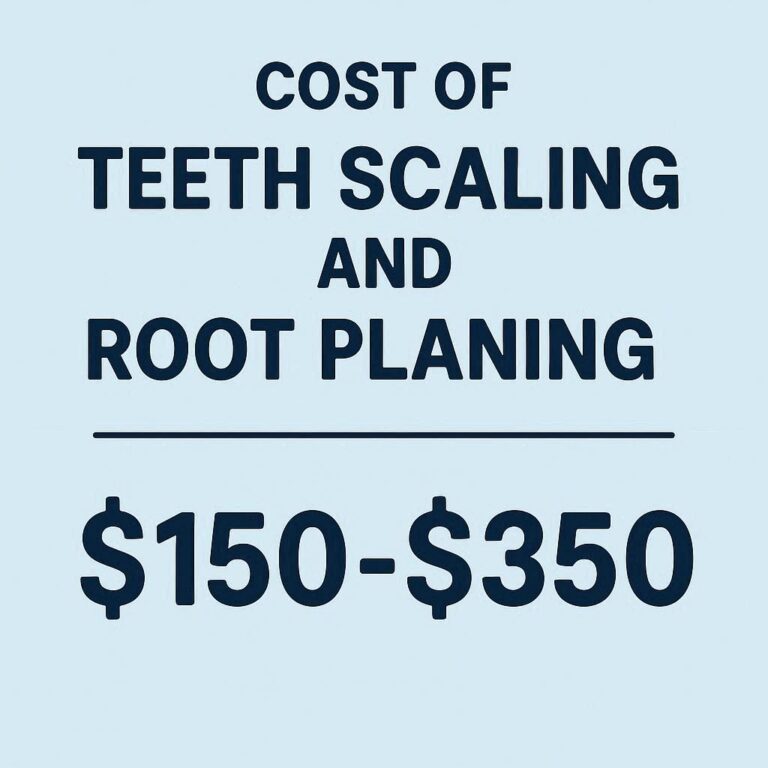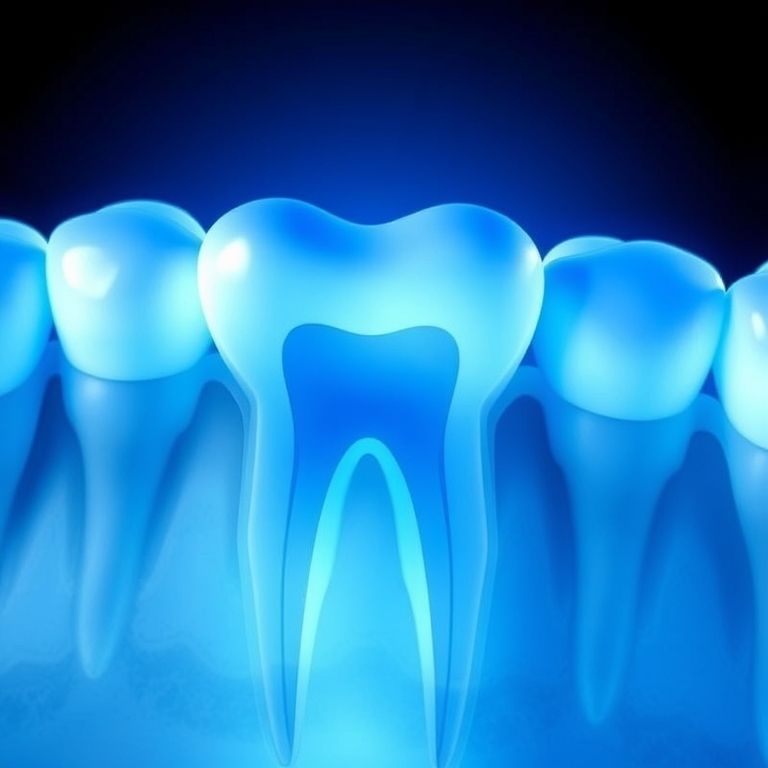Root Canal Treatment Cost in Government Hospitals: A Comprehensive Guide
Root canal treatment (RCT) is one of the most common dental procedures that can save a severely damaged or infected tooth. While it is widely available in private clinics, the cost of treatment can be prohibitive for many patients. Government hospitals often provide more affordable options, but there is a lack of detailed information on the costs, quality of care, and other essential factors that patients should consider. This article aims to fill that gap by providing an in-depth analysis of the cost of root canal treatment in government hospitals, along with insights into the procedure, quality of care, and what patients can expect.

1. Understanding Root Canal Treatment
Root canal treatment is a dental procedure used to treat infection at the center of a tooth. It involves removing the infected pulp (the soft tissue inside the tooth), cleaning and disinfecting the inside of the tooth, and then filling and sealing it. This procedure is necessary when the pulp becomes infected due to deep decay, repeated dental procedures on the tooth, or a crack or chip in the tooth.
1.1 The Anatomy of a Tooth
A tooth consists of several layers: the enamel, dentin, and pulp. The pulp contains nerves, blood vessels, and connective tissue, and it extends from the crown of the tooth to the tip of the roots. When the pulp becomes infected, it can cause severe pain and may lead to an abscess if left untreated.
1.2 Symptoms Indicating the Need for RCT
Common symptoms that may indicate the need for RCT include severe toothache, prolonged sensitivity to hot or cold, discoloration of the tooth, swelling and tenderness in the surrounding gums, and a recurring pimple on the gums.
1.3 The Importance of RCT
Without treatment, the infection can spread, leading to the loss of the tooth and more severe health issues. Root canal treatment helps save the tooth and prevents further complications.
2. Why Choose a Government Hospital for RCT?
Choosing a government hospital for root canal treatment can be a viable option for several reasons:
2.1 Affordability
Government hospitals typically offer dental treatments at a fraction of the cost charged by private clinics. This makes RCT accessible to a broader segment of the population, particularly those who may not have dental insurance.
2.2 Qualified Professionals
Many government hospitals employ experienced and qualified dental professionals who are well-versed in the latest treatment protocols. Additionally, these hospitals often serve as training grounds for dental students, ensuring that the latest techniques are used.
2.3 Availability of Resources
Government hospitals are usually equipped with the necessary tools and materials required for root canal treatment. While the infrastructure may not always match that of high-end private clinics, the essential resources are often available to ensure effective treatment.
2.4 Comprehensive Care
Government hospitals often provide a wide range of dental services, allowing patients to receive comprehensive care under one roof. This can include initial consultations, diagnostics, the RCT procedure, and follow-up care.
3. Cost of Root Canal Treatment in Government Hospitals
3.1 Factors Influencing the Cost
Several factors influence the cost of root canal treatment in government hospitals, including:
- Location: Costs can vary significantly depending on the country, state, or city. Government hospitals in metropolitan areas may charge more than those in rural areas due to the higher cost of living and resource availability.
- Complexity of the Case: The cost may increase if the tooth has multiple roots, severe infection, or other complications that require additional treatment.
- Materials Used: The type of materials used for filling and sealing the tooth can affect the overall cost. Some government hospitals may offer basic materials for free or at a low cost, while others may charge extra for higher-quality materials.
- Hospital Policies: Each hospital may have different pricing policies, including subsidized rates for low-income patients or those covered by government healthcare programs.
3.2 Cost Comparison with Private Clinics
The cost of RCT in government hospitals is generally lower than in private clinics. While private clinics may charge anywhere from $500 to $2000 or more depending on the complexity of the case and the dentist’s expertise, government hospitals may offer the same treatment for as little as $50 to $200. This significant cost difference makes government hospitals an attractive option for those seeking affordable dental care.
4. Quality of Care in Government Hospitals
4.1 Professional Expertise
Government hospitals often employ experienced dental professionals who have undergone rigorous training. These dentists are typically well-qualified and capable of providing high-quality care, although the level of personalized attention may differ from that in private clinics.
4.2 Equipment and Technology
While some government hospitals may not have the latest dental technology, they are generally equipped with the essential tools required for effective RCT. Patients may experience longer wait times or fewer amenities, but the core treatment quality is often comparable to that of private clinics.
4.3 Patient Experience
Patient experience in government hospitals can vary. While some patients report satisfactory experiences, others may encounter challenges such as longer wait times, limited appointment availability, and less personalized care. However, the lower cost often compensates for these drawbacks, especially for those with budget constraints.
5. Procedure for Getting RCT in a Government Hospital
5.1 Initial Consultation
The process begins with an initial consultation, where the dentist will examine the patient’s tooth, take X-rays, and determine the extent of the infection. This step is crucial in developing an accurate treatment plan.
5.2 Diagnosis and Treatment Plan
Based on the findings from the consultation, the dentist will outline a treatment plan, including the number of visits required, the materials to be used, and any additional treatments that may be necessary.
5.3 The RCT Procedure
The actual root canal procedure typically involves several steps:
- Anesthesia: Local anesthesia is administered to numb the area around the affected tooth.
- Pulp Removal: The dentist drills into the tooth to remove the infected pulp.
- Cleaning and Disinfecting: The inside of the tooth is cleaned and disinfected to remove any remaining bacteria.
- Filling and Sealing: The tooth is filled with a biocompatible material and sealed to prevent further infection.
- Crown Placement: In some cases, a crown may be placed on the tooth to restore its function and appearance.
5.4 Post-Treatment Care
After the procedure, patients are usually advised to avoid chewing on the treated tooth until it has fully healed. Follow-up visits may be required to monitor the healing process and ensure the treatment’s success.
6. Case Studies: RCT in Government Hospitals
Case Study 1: A Metropolitan Government Hospital
A patient with a severely infected molar underwent RCT at a well-known government hospital in a major city. Despite the initial apprehension due to the hospital’s reputation for long wait times, the patient was pleased with the outcome. The total cost was only $75, and the treatment was successful with no complications.
Case Study 2: A Rural Government Hospital
In a rural area, a patient received RCT for a front tooth at a local government hospital. Although the hospital had limited resources, the dentist was able to perform the procedure effectively. The total cost was just $50, and the patient appreciated the affordable care.
7. Common Concerns and Misconceptions
7.1 “Government Hospitals Lack Proper Equipment”
While it’s true that some government hospitals may not have the latest equipment, they generally possess the necessary tools to perform root canal treatments effectively.
7.2 “Treatment Quality is Inferior in Government Hospitals”
The quality of treatment in government hospitals is often on par with that in private clinics, especially in terms of the core procedure. The primary difference lies in the level of personalized care and amenities.
7.3 “Long Wait Times are Unavoidable”
Long wait times can be a concern in government hospitals due to the high volume of patients. However, planning and scheduling appointments well in advance can help mitigate this issue.
Cost Comparison of Root Canal Treatment
| Location | Government Hospital Cost | Private Clinic Cost |
|---|---|---|
| Metropolitan Area | $75 – $150 | $800 – $2000 |
| Rural Area | $50 – $100 | $500 – $1500 |
| International (Developing Country) | $30 – $75 | $300 – $1000 |
8. FAQs
Q1: How much does root canal treatment cost in a government hospital?
The cost of RCT in government hospitals typically ranges from $50 to $200, depending on the location, complexity of the case, and hospital policies.
Q2: Is the quality of care in government hospitals comparable to private clinics?
Yes, the quality of care in government hospitals is generally comparable to that in private clinics, particularly concerning the core aspects of the procedure. However, the level of personalized attention and amenities may vary.
Q3: Are government hospitals equipped to handle complex RCT cases?
While some government hospitals may lack advanced equipment, they are generally capable of handling most RCT cases. For highly complex cases, patients may be referred to specialized centers.
Q4: What are the potential risks of getting RCT in a government hospital?
The risks of RCT in government hospitals are similar to those in private clinics, including infection, procedural complications, and the need for additional treatments. The key is to ensure that the hospital has qualified professionals and necessary resources.
Q5: How long is the recovery period after RCT?
The recovery period after RCT typically ranges from a few days to a week, during which patients may experience mild discomfort. Following post-treatment care instructions is crucial for a smooth recovery.
9. Conclusion
Root canal treatment in government hospitals offers a cost-effective solution for those seeking to preserve their dental health without breaking the bank. While there may be some trade-offs in terms of personalized care and wait times, the core treatment quality is often comparable to that of private clinics. By understanding the costs, procedure, and what to expect, patients can make informed decisions about their dental care.
10. Additional Resources
- World Health Organization (WHO) Dental Health Resources: WHO Dental Health
- National Institute of Dental and Craniofacial Research: NIDCR
- American Dental Association (ADA): ADA


